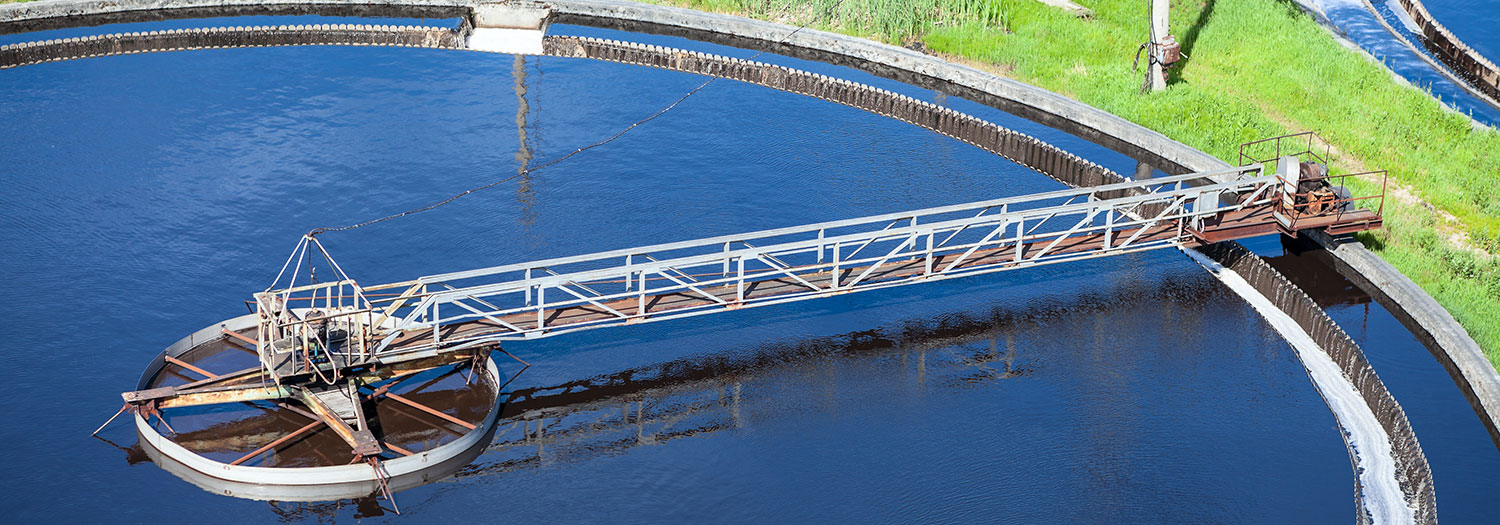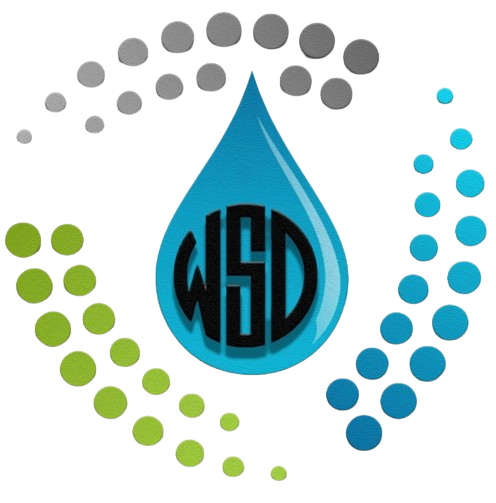Water Supply

Source: Identifying and securing a sustainable water source is the first step. This could be from surface water bodies such as rivers, lakes, or reservoirs, or from groundwater through wells and aquifers.
Treatment: Raw water often needs treatment to make it safe for consumption. Treatment processes typically include filtration, disinfection (such as chlorination), and sometimes advanced processes like reverse osmosis or ultraviolet (UV) disinfection to remove contaminants and pathogens.
Distribution: Once treated, water is distributed through a network of pipes to homes, businesses, and other consumers. Distribution systems must be well-maintained to minimize leaks, breaks, and contamination risks.
Storage: Storage facilities like water towers or reservoirs help regulate water pressure and ensure a constant supply, especially during times of high demand or emergencies.
Monitoring and Quality Control: Regular monitoring and testing of water quality are essential to ensure that it meets regulatory standards and is safe for consumption. This includes testing for bacteria, chemicals, and other contaminants.
Infrastructure Maintenance and Upkeep: Infrastructure maintenance is crucial to prevent leaks, breaks, and deterioration of pipes, treatment plants, and storage facilities. Regular inspections and repairs help ensure the reliability and longevity of the water supply system.
Sustainability and Conservation: Sustainable water management practices, such as water conservation measures and watershed protection, are essential to ensure that water resources are managed responsibly and equitably for present and future generations.
Emergency Preparedness: Developing contingency plans and emergency response protocols is important to address situations like droughts, floods, or infrastructure failures that could disrupt the water supply. Public Education and Outreach: Educating the public about water conservation, proper disposal of hazardous materials, and other water-related issues can help foster a culture of responsible water usage and stewardship.
Collaboration and Regulation: Collaboration among government agencies, water utilities, industries, and communities is essential to address water supply challenges effectively. Regulation and enforcement of water quality standards and conservation measures play a critical role in protecting public health and the environment.
